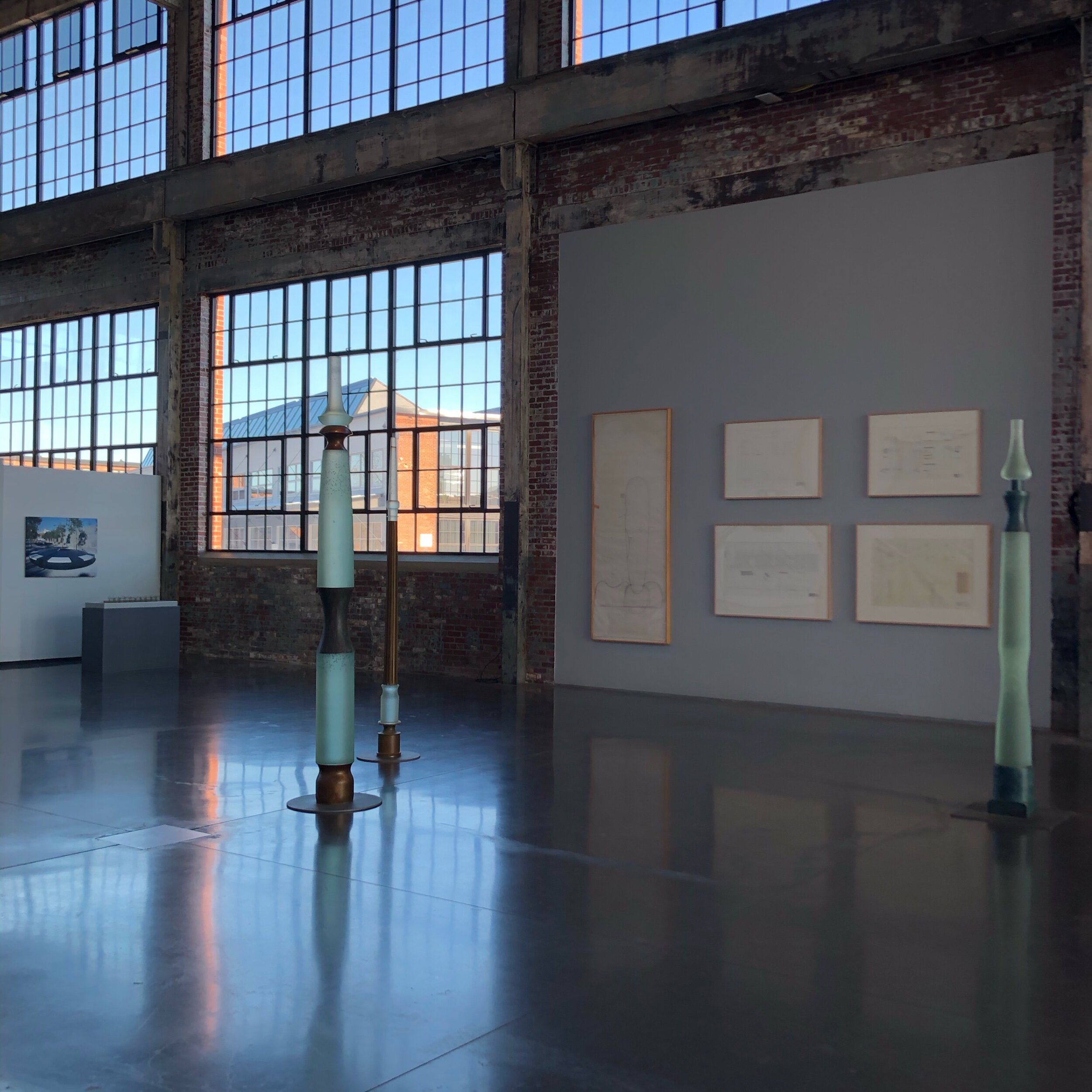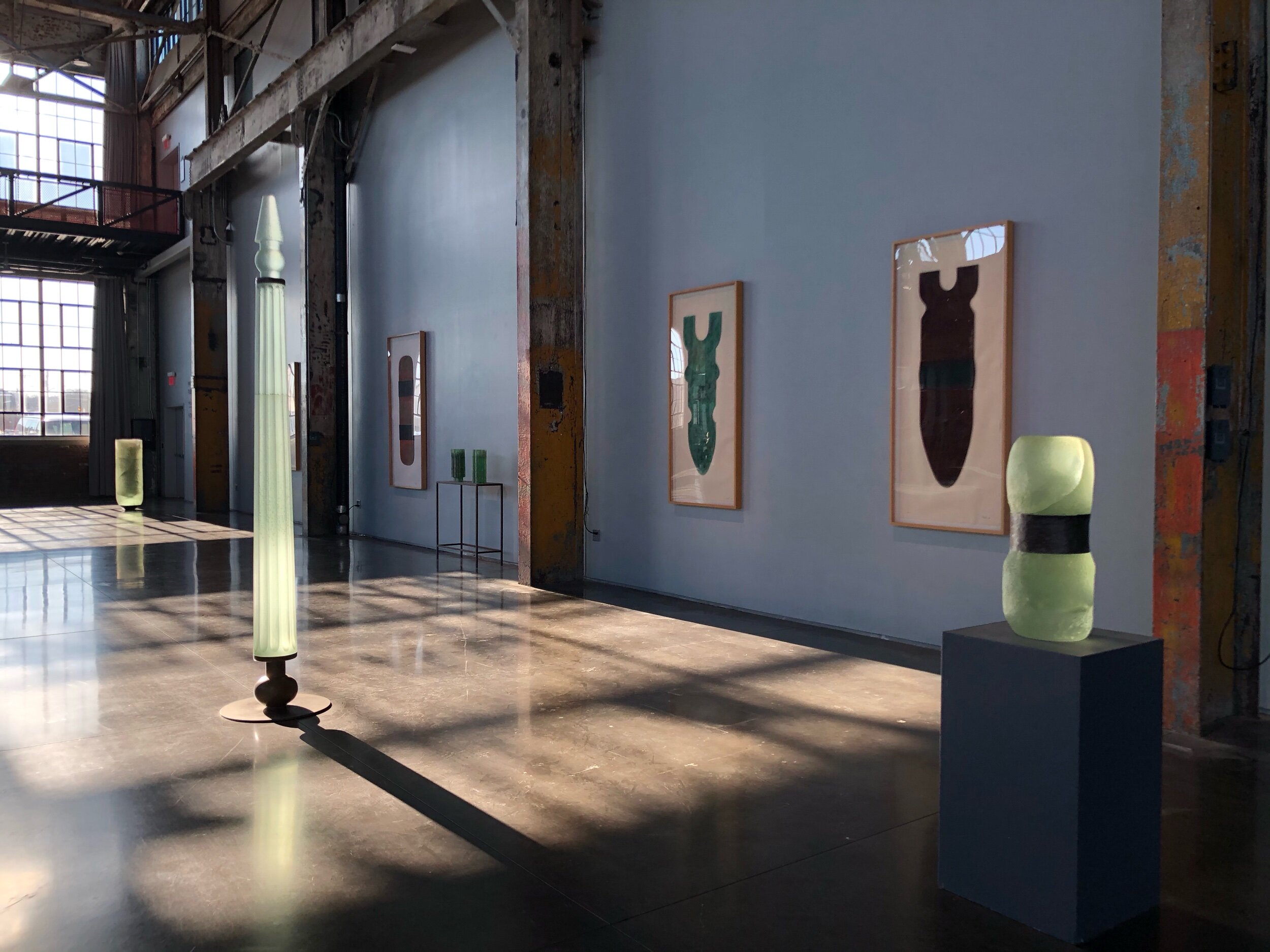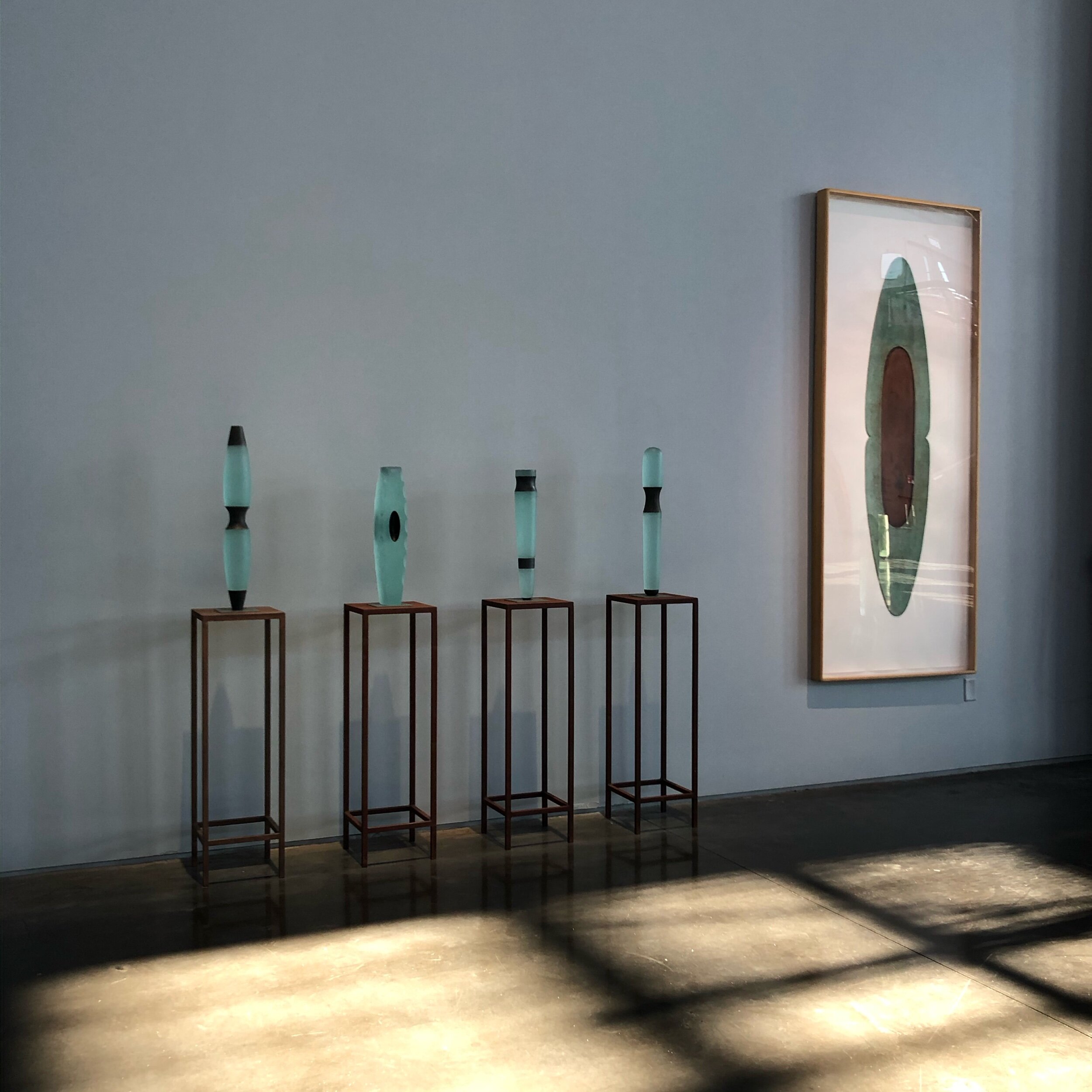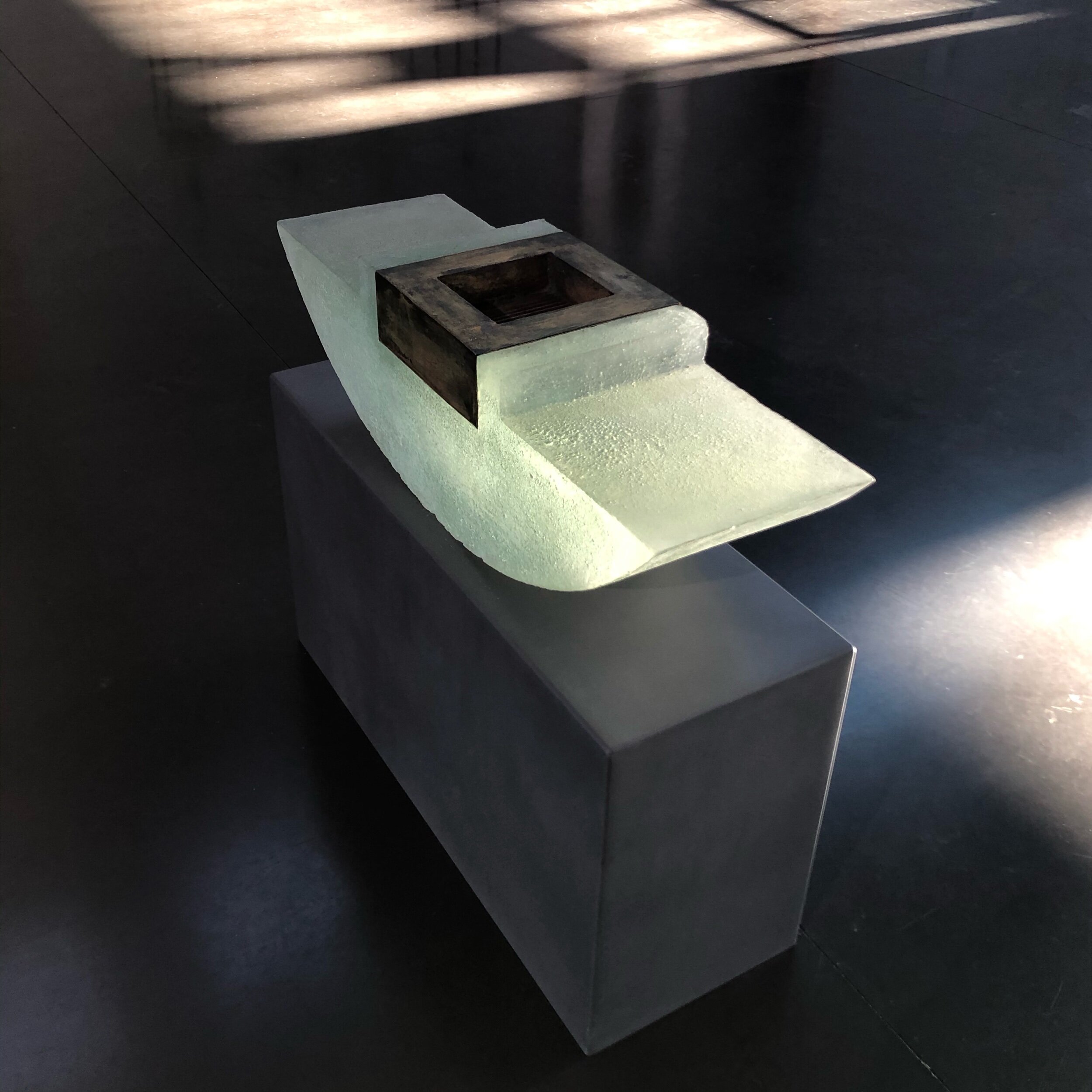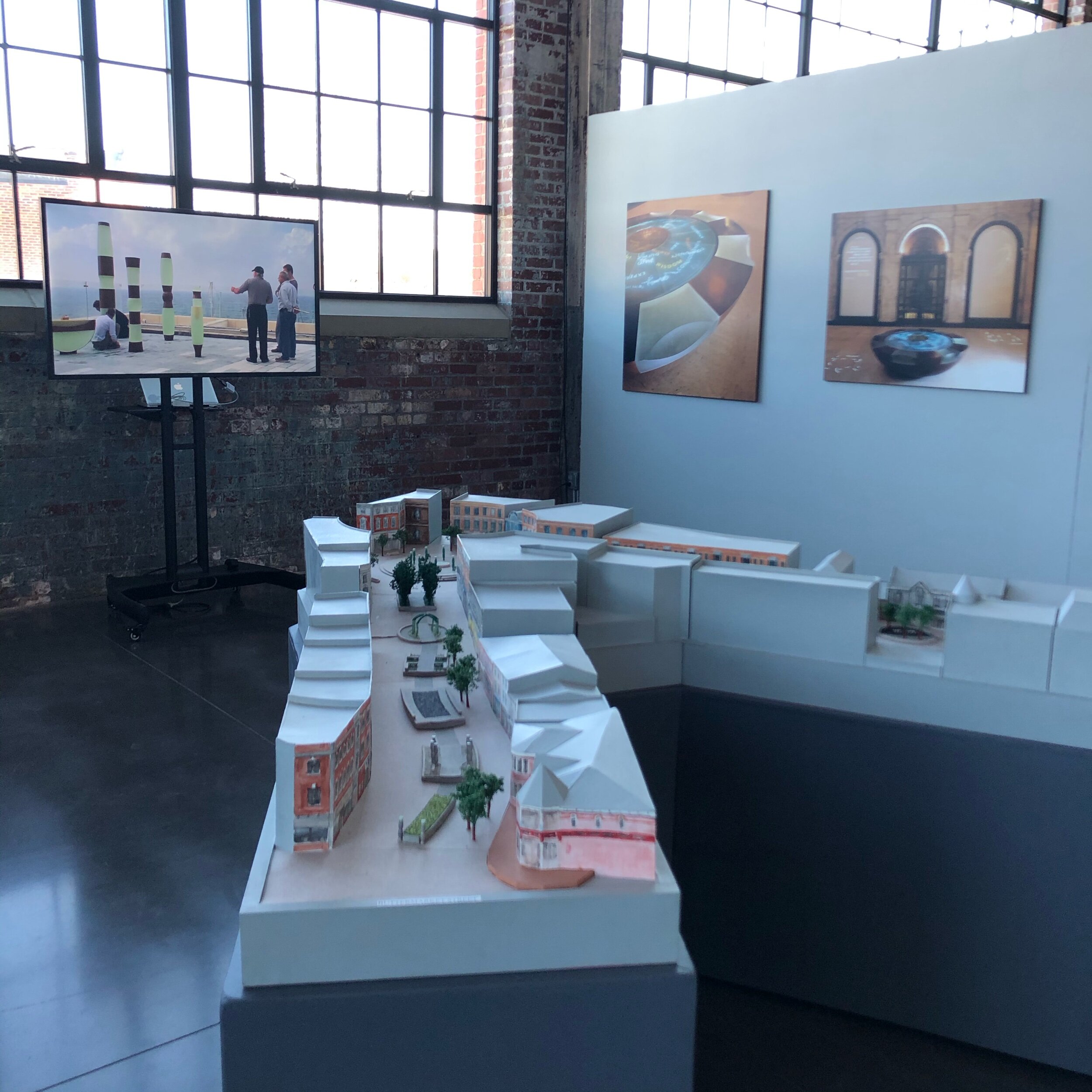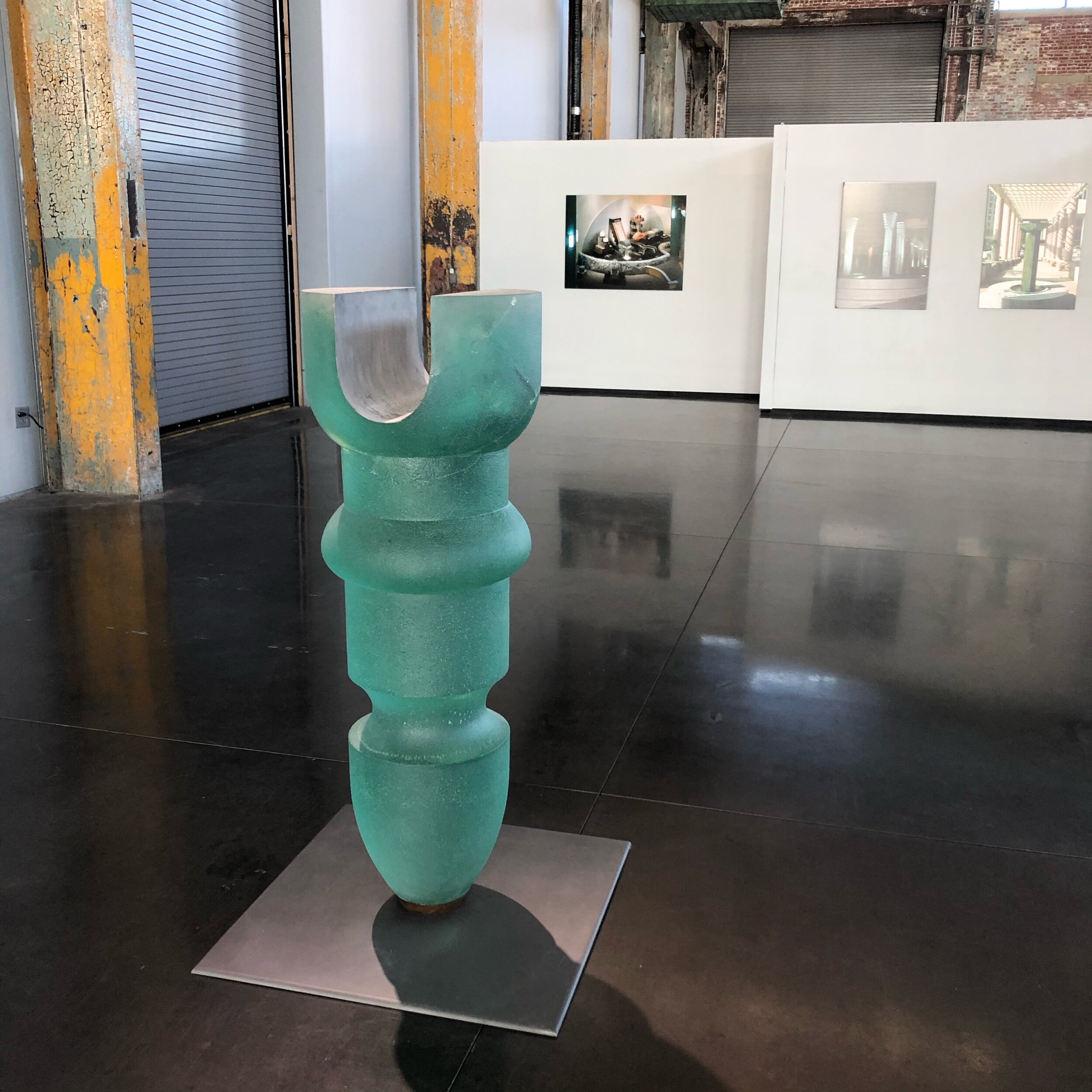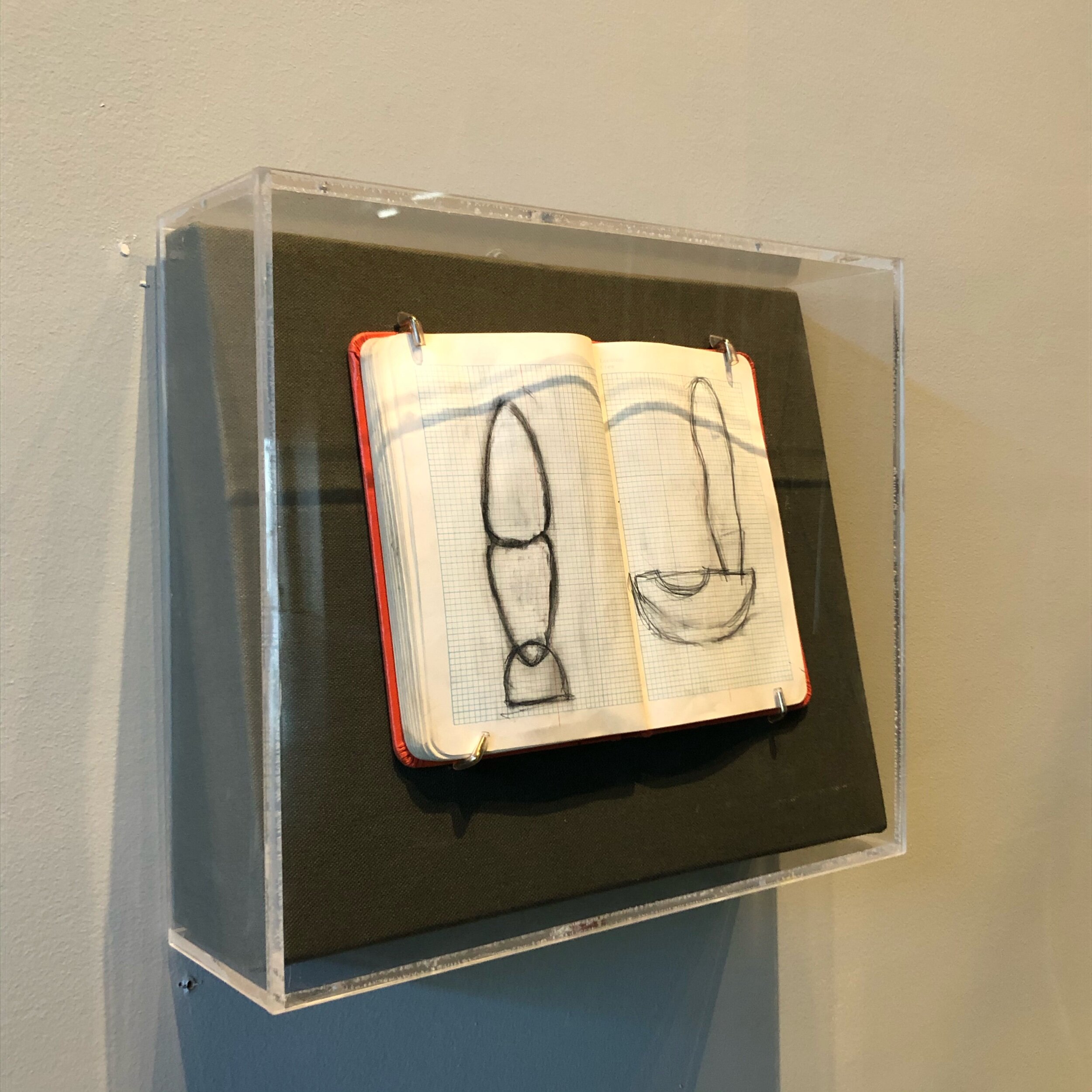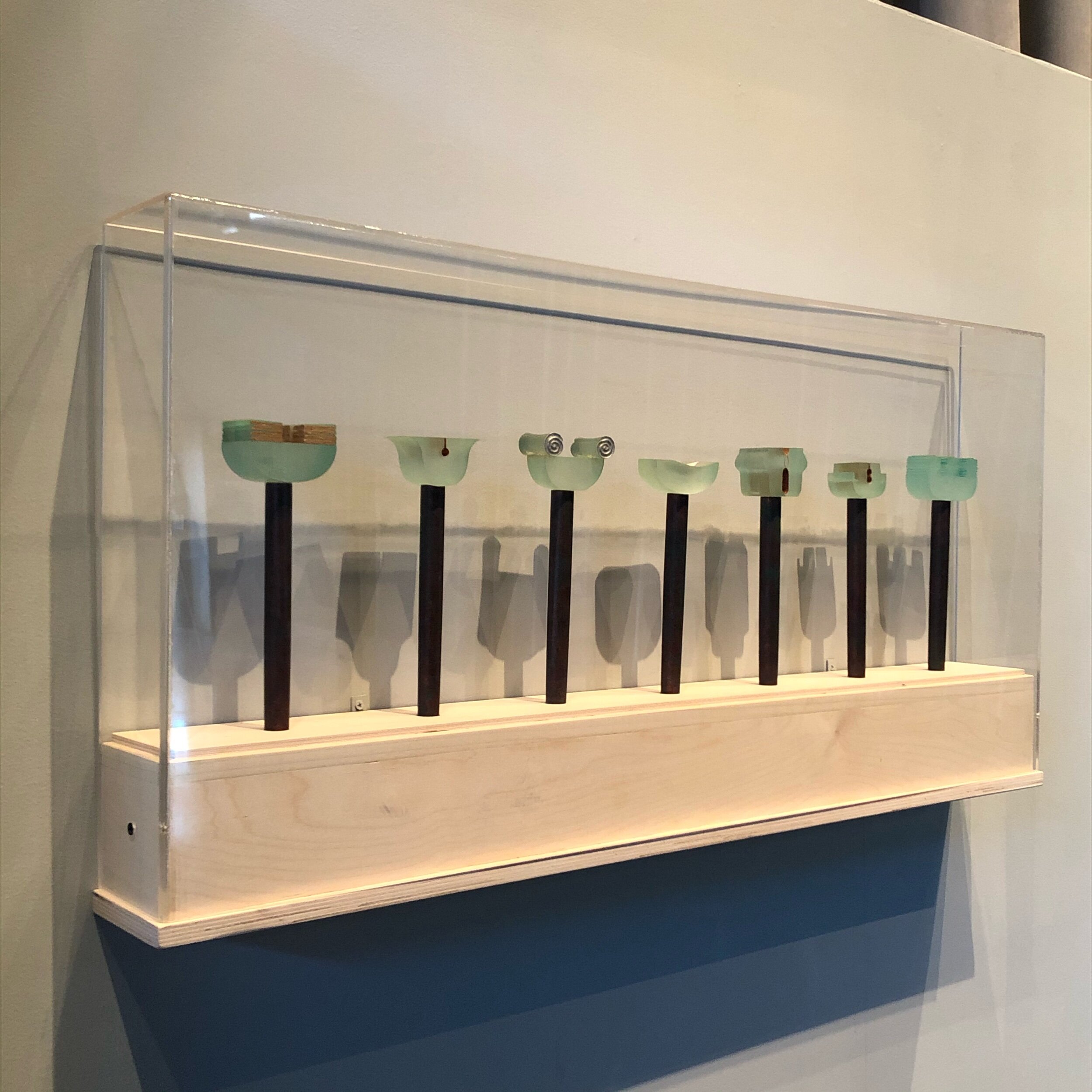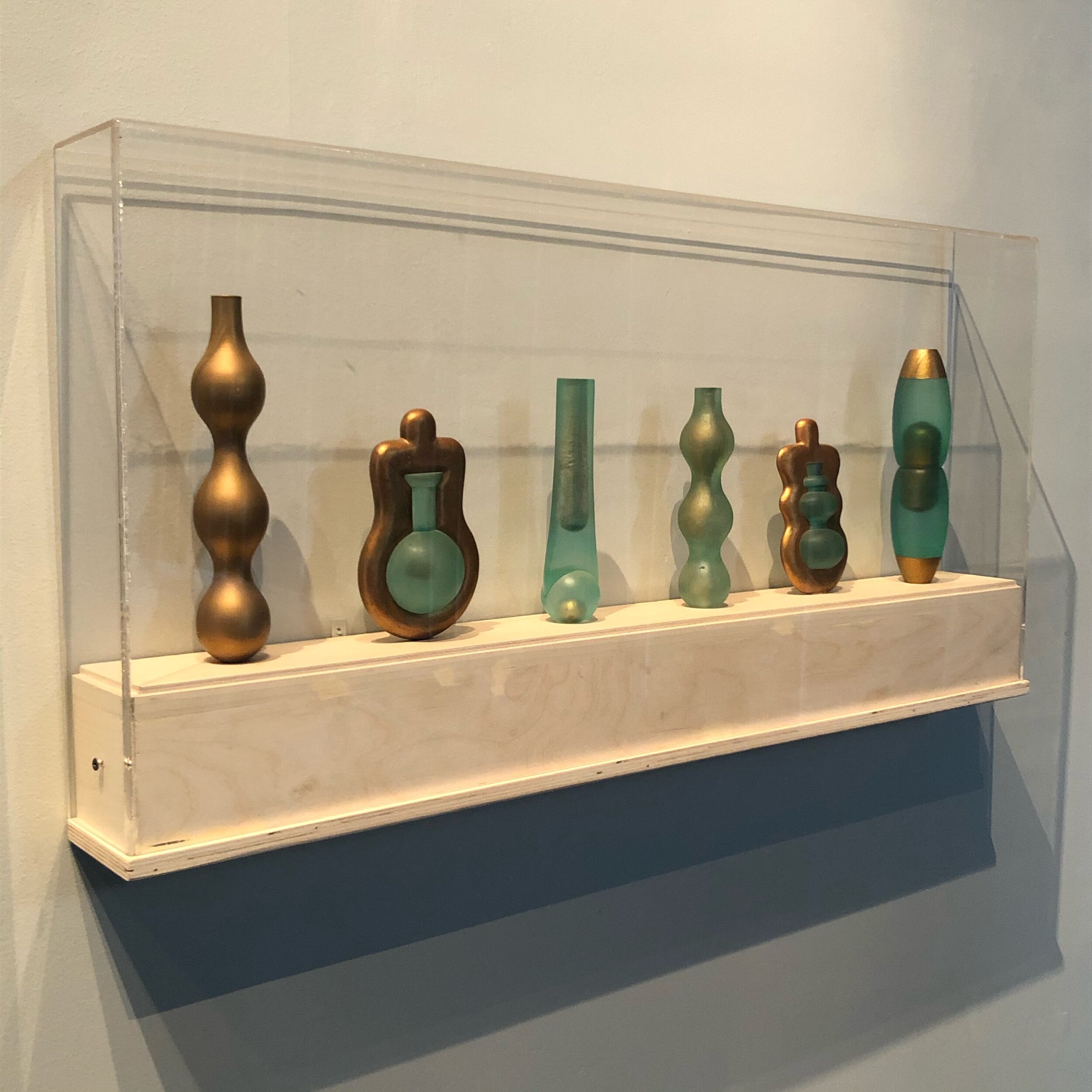Community-based art organizations serve a number of important roles and among them naturally is their capacity to give artists space to celebrate their town or region. South Coast Artists (SCA), a non-profit collective of creatives based in Southeastern Massachusetts and Rhode Island, is one such organization. On view through May 29, 2022, SCA is hosting its Spring Invitational Exhibition at DeDee Shattuck Gallery in Westport, Massachusetts. A richly varied salon-style show, the exhibition includes many highlights which find inspiration locally and further afield.
Featuring one hundred and seventy-five artworks by seventy-five SCA artists, the group’s Spring Invitational Exhibition is an opportunity for viewers based in the South Coast area to explore a survey of artworks by their neighbors. Works on view boast a wide range of media, from paintings and photographs to metal, ceramics, and mixed media. The styles employed are equally diverse and run the gamut from intense photorealism to gauzy abstraction. The show fills the generous exhibition space nearly from floor to ceiling and merits a lengthy visit.
Nearly two hundred works are on view in the exhibition at DeDee Shattuck Gallery in Westport.
Among the highlights in the show, many draw on themes specific to the South Coast region, which SCA defines roughly as the towns of Westport and Dartmouth in Massachusetts and Tiverton and Little Compton in Rhode Island. The scenic localities have close ties to both the farming and maritime communities, which both show up repeatedly throughout the exhibition.
In Road Kill, a super illustrative painting by JP Powel, a gnarled and leafless tree takes up the foreground of a landscape sliced through by the sun-dappled asphalt of a country road and the stone walls which characterize the area. Carolyn Baker’s, Toven, a multi-part work executed in painted wood and vinyl, hints at compasses and nautical maps in an inventive format.
The coastal connection shows up in many artworks in the exhibition. Ron Fortier probes whaling history in his paintings, one of which features a ghostly sailing ship with flames rising from the deck under moonlight. Barbara Healy’s painting, Waiting, focuses on the prow of a sailboat within the context of the marbled surface of water. Not all of the artists look outdoors for their subjects, though. Jim Wright’s Austere Interior is a pensive meditation on domestic space.
A variety of media and stylistic approaches abound in the Spring Invitational Exhibition.
While some of the favorites pull from local places, other strong works in the show find inspiration elsewhere. A collection of three portraits by Dina Doyle utilize punchy primary colors to set off their subjects in highly refined oil paintings. Nearby, a large-scale image of a cactus by Elizabeth Larrimore invites viewers to look more closely at an abstracted view of a familiar botanical subject.
Abstraction is the basis for yet another subset of works on view. Alongside a staircase in the center of the gallery, a series of works by Marjorie Jensen, William Kendall, Beth Russo, and Cindy Sachs explore varying aspects of non-obective art making. Jensen’s mixed media work, which includes a rough-edged canvas surface, is particularly appealing.
The range of media in the show is wonderful. A series of wool felt paintings by Stephanie Stroud have a fantastically tactile quality. Serena Parente Charlebois exhibits an image of a piazza using another novel method: a gilded photograph on vellum. The result is a modern day illuminated manuscript.
The architecture of DeDee Shattuck Gallery encourages visitors to look to the landscape beyond the artwork.
DeDee Shattuck Gallery, which is playing host to the SCA Spring Invitational, is one of the region’s premiere exhibition venues. Housed in a spare and barn-like building within a pastoral setting, the gallery is a place where any artist would be delighted to see their work. The main exhibition space is soaring and light, and windows and the four corners of the structure look out onto the bucolic landscape of Westport. The quality of the gallery elevates this exhibition of artists connected with and dedicated to their locale.
In a show packed with local inflection, perhaps those most celebratory of the South Coast are submissions by Josie Richmond. Employing intaglio printmaking combined with velvety encaustic, Richmond layers imagery of nearby flora and fauna on maps detailing the intricate contours of the many coves and inlets that define the South Coast. Inventive and enjoyable, they are full of community pride.
The South Coast Artists Spring Invitational Exhibition is a celebration of local art made in and around a series of charming towns nestled by the sea. The show at DeDee Shattuck Gallery invites visitors to travel to Westport to experience a fine array of artworks as well as the environment that inspired their authors. With its walls piled high with art of the region, the exhibition is an ideal opportunity to discover art made on the South Coast.
The South Coast Artists Spring Invitational Exhibition is on view at DeDee Shattuck Gallery at 1 Partners Lane in Westport, Massachusetts, through May 29, 2022. Gallery hours are are Wednesday - Saturday from 10am - 5pm each day and Sunday from 12 - 5pm. Learn more at www.dedeeshattuckgallery.com, or at www.southcoastartists.org.
DeDee Shattuck Gallery is located at 1 Partners Lane in Westport, MA, and will host the South Coast Artists Spring Invitational Exhibition through May 29, 2022.








